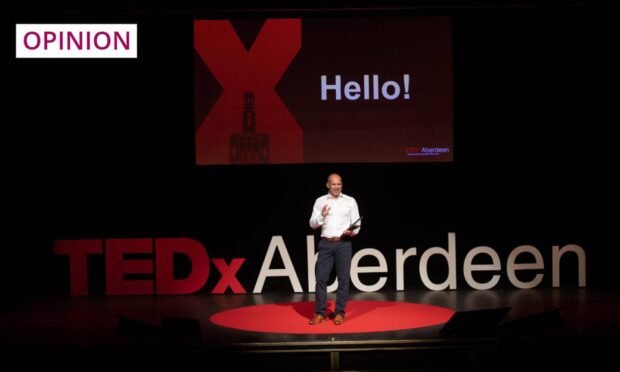Almost every family in our communities has been affected by dementia at some point.
The disease slowly robs our loved ones of their memories, their ability to function and heartbreakingly their independence.
At the same time, a huge amount of pressure is piled onto the family of those suffering to ensure their care needs are met.
That is why it is so troubling to hear the most recent statistics, revealed by the Press and Journal earlier this week, as part of its investigation into the true impact of the disease.
After scrutinising 20 years’ worth of data, it revealed deaths linked to dementia reached more than 6,200 last year alone. In Aberdeen and Aberdeenshire the death rate has tripled since 2002 and it almost quadrupled in the Highlands.
More than half of the people living in our care homes across the north and north-east have been diagnosed with dementia.
And the cost of care for those affected across Scotland is significant. Both Shetland and Aberdeen have some of the highest costs to residents and the council.
Services must not be impacted
In these times of austerity, it is crucial that services for people with the disease are not impacted because they play such a huge part in their support and treatment.
With an ever ageing population, we know it must be easy for people to fall through the cracks and we need to prevent that at all costs.
But the cost of this disease is not just emotional and physical.
If this worrying trend continues, which without a breakthrough in medical studies it would seem likely, then the cost to the public purse will also continue to rise.
Currently, if someone is assessed as requiring care they are entitled to free personal and nursing care.
However, depending on their capital and assets it is expected they would cover other costs such as accommodation.
Most are able to afford to do this through the sale of their home.
However, as property prices continue to rise across the country that may have to change for upcoming generations who have struggled to make it onto the ladder.
This will undoubtedly be a huge burden on the local authorities.
All of this should apply further pressure on research and governments to devote as much as they can towards it to avoid an inevitable oncoming disaster, but also to make life easier for those who have to live with dementia day in and day out.
The Voice of the North is The Press & Journal’s editorial stance on what we think are the most important issues of the week












Conversation